Babies require a comfortable, safe, and secure sleeping space. Because traditional sleep positions can harm them, parents find additions to the nursery, such as bassinets, to help solve this problem. Bassinets are particularly helpful during babies’ early months of life.
Because nothing is more critical for newborns than safety and comfort, it helps to know how to make a bassinet more comfortable. Aside from choosing a good-quality bassinet, a tight-fitting, breathable cover and firm mattress add to the baby’s comfort.
Making your infant feel safe and snug doesn’t end with choosing suitable materials for the baby bassinet. There are also various practical methods you can do to provide them with the utmost care as you lay them in the comfort of their bassinet.
How to Make Bassinet More Comfortable
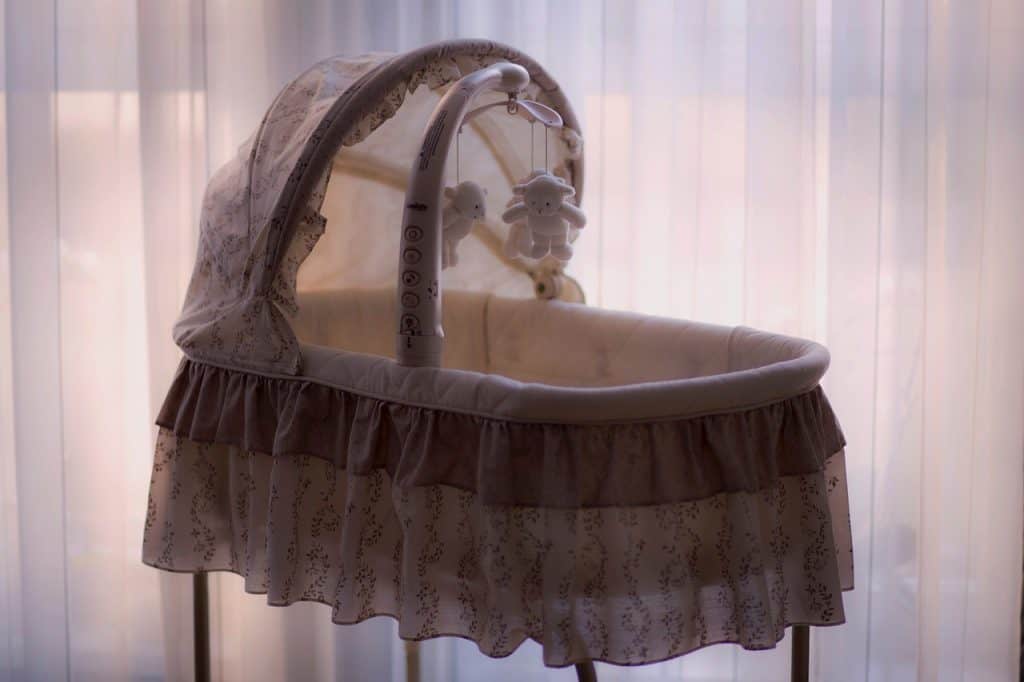
1. Choose a Bassinet with Good Quality
Before purchasing a bassinet, it helps to do your research to choose one with excellent quality. After all, bassinets can be costly, and you’ll want to get your money’s worth. A good-quality bassinet has a certification seal from the Juvenile Product Manufacturer’s Association (JPMA).
The bassinet should also have a tight-fitting sheet, a firm mattress, and a swivel. You can reach out to the manufacturers to customize these to your liking if the standard-sized inclusions don’t fit your baby’s needs.
2. Use a Tight-Fitting Sheet for the Bassinet
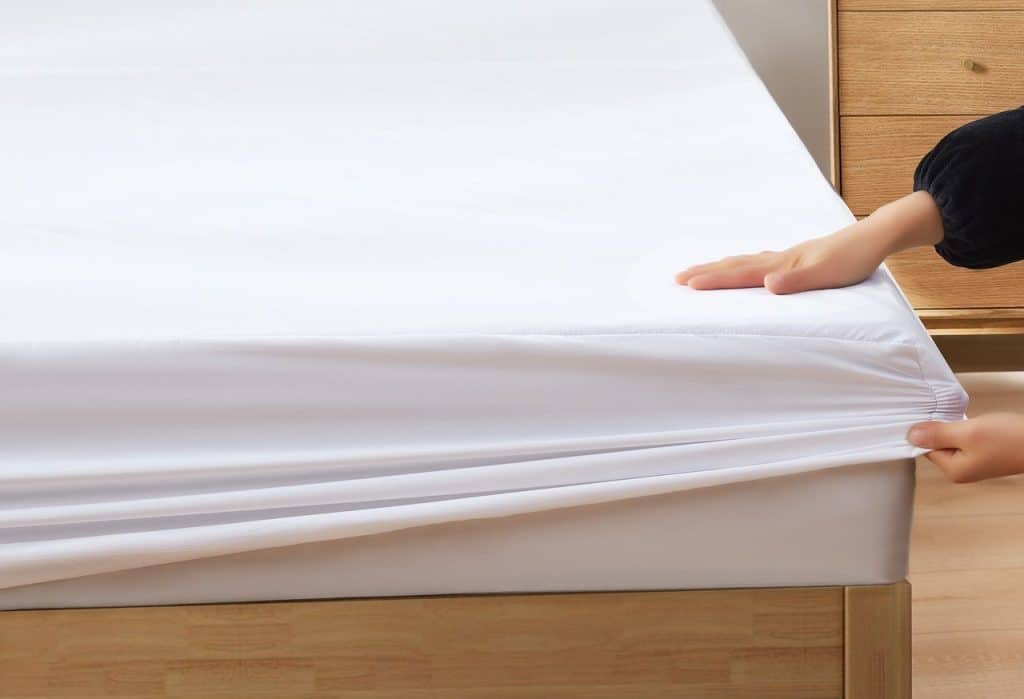
Choosing the suitable sheet for the bassinet is more crucial than one might think. Some mattress protectors trap too much heat, jeopardizing the child’s safety. Meanwhile, others aren’t comfortable enough for babies.
Contrary to what many might think, soft sheets don’t equal comfort. They might even cause accidents. According to the American Academy of Pediatrics (AAP), soft bedding is the most common cause of infant suffocation during sleep.
The U.S. Consumer Product Safety Commission (CPSC), the National Institute of Child Health and Human Development (NICHD), and AAP created guidelines to avoid sleep-related mishaps. When choosing a bassinet sheet, choose one that’s tight-fitting so that no excess fabric can pose hazards.
Numerous bassinet sheets are available in the market in various sizes and designs. A zippered or Velcro option might be best because it’ll help prevent issues like sheets bunching up that can suffocate babies.
3. Use a Breathable Bassinet Coverlet
Another way to make bassinet more comfortable for your infant is using a breathable coverlet. This reduces the risk of overheating because the heat dissipates more efficiently. Coverlets made of organic cotton are good options.
Breathable sheets have a lower thread count, which means allergens (e.g., dander, pollen, etc.) don’t embed themselves in the sheets. In other words, your baby can sleep comfortably and deal with fewer triggers at night.
4. Use a Firm Mattress for the Bassinet
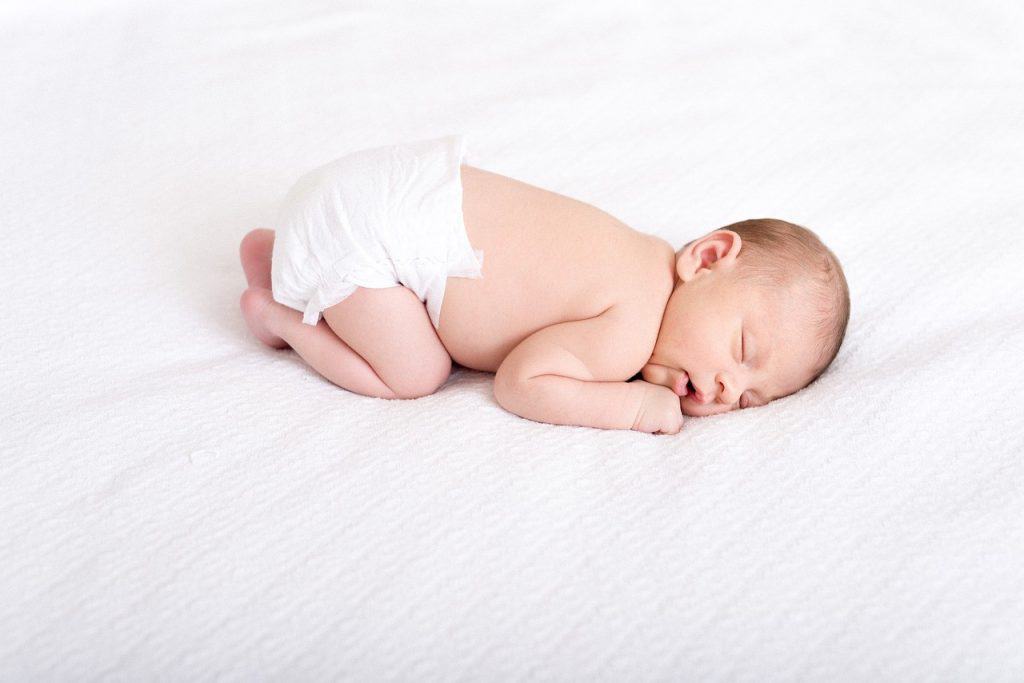
Safe sleep recommendations emphasize the need to use firm sleep surfaces for babies to reduce the risk of Sudden Infant Death Syndrome or SIDS. Aside from preventing sleep-related accidents, a firm mattress helps with bone support. After all, an infant’s skeletal system is still developing.
If the bedding is soft, the baby will likely sink into the mattress, creating a barrier to their airways. A firm mattress will prevent this from happening. You could test if the baby mattress is stable enough for your infant by doing the firmness test.
Use your hand to inspect the mattress, and make sure there aren’t any peaks or valleys. The baby mattress should be resistant to indentation.
To check if the mattress is indentation resistant, press it in the middle and the edges. Your hand must snap back immediately. In other words, the baby mattress shouldn’t conform to your hand.
It’s important to emphasize that you mustn’t evaluate the mattress’s firmness with adult standards. For babies, the firmer, the better. Don’t let your infant sleep on soft beddings, waterbeds, and air mattresses.
5. Make the Bassinet Smell Like You

Unknown to many, babies can recognize their parents’ scent even just a few days after being born. The smell of a mother’s breast milk mainly draws her baby’s attention. One study about olfactory perception in the human neonate demonstrated this.
Therefore, planting your scent in the baby bassinet might help your baby fall asleep faster. You can do this by sleeping with the sheets and tucking them between your chin and neck. If they smell you in the bassinet, they’ll feel more comfortable, improving the baby’s sleep quality.
6. Make Sure the Bassinet Is Free of Everything
The AAP strictly advises against putting objects that increase the risk of suffocation in the bassinet. To make a bassinet more comfortable and safe for your baby, you shouldn’t place these items near your baby when they sleep: pillows, blankets, comforters, stuffed animals, and bumper pads.
7. Consider Getting a High-End Bassinet If Possible
Choose one with adjustable height and ample storage space. Portability is also one of the features you must consider, so purchase one that’s easy to fold and comfortable enough to carry. High-end bassinets usually have vibrations or soothing sounds that calm and lull babies.
Premium bassinets also provide an automatic rocking feature that helps soothe infants. Some also offer cry detection technology that automatically enables comfort features, such as rocking, vibrations, or white noise sounds.
Other Tips on How to Get Infants Comfortable in the Bassinet
Adjust the Temperature
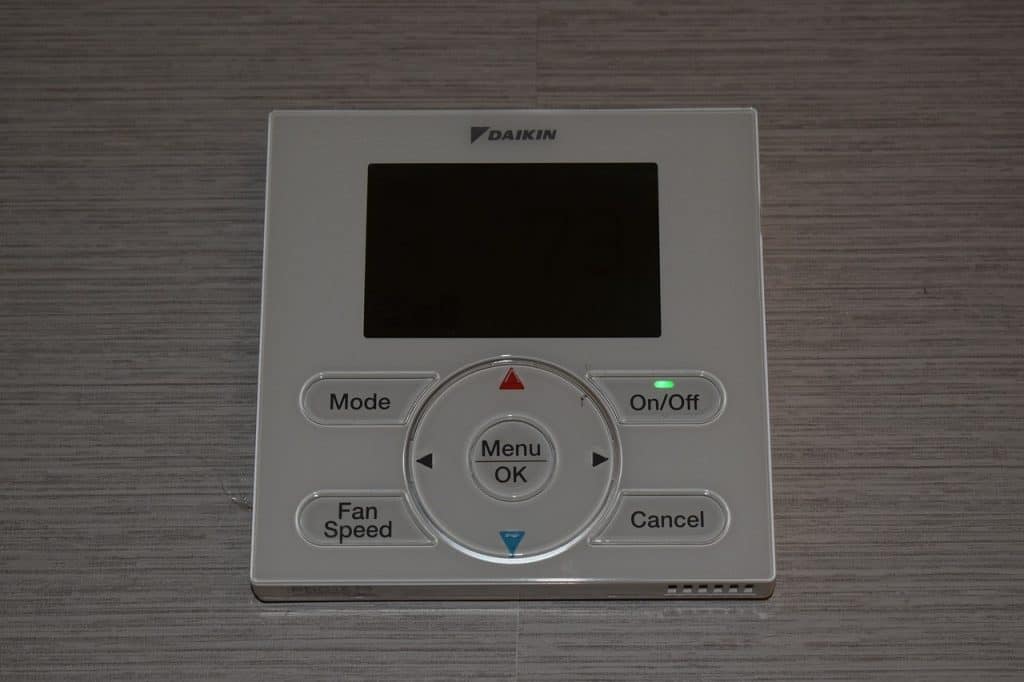
One way to make bassinet more comfortable for infants is by adjusting the room temperature. Unlike adults, babies can’t adapt to temperature changes well yet. They tend to overheat and lose heat rapidly, so keeping them at optimal temperatures is crucial.
Parents or caregivers must keep infants warm, especially at night. However, some tend to over-bundle or overdress the child, which increases the risk of overheating. Overheating during sleep is among the most common risk factors for SIDS.
Controlling the temperature of the home via thermostat isn’t enough. It’s advisable to use an indoor thermometer to measure the temperature in the baby’s bedroom. According to experts, the ideal room temperature for babies is between 68° and 72°F (20° to 22.2°C).
Keep the Bassinet Close to Your Bed
Babies feel most safe and comfortable when their parents hold them. Placing the baby bassinet next to your bed ensures that the infant will sense your presence, making them feel reassured and more at ease. There are bassinets available in the market that can help with safe co-sleeping.
Swaddle the Baby
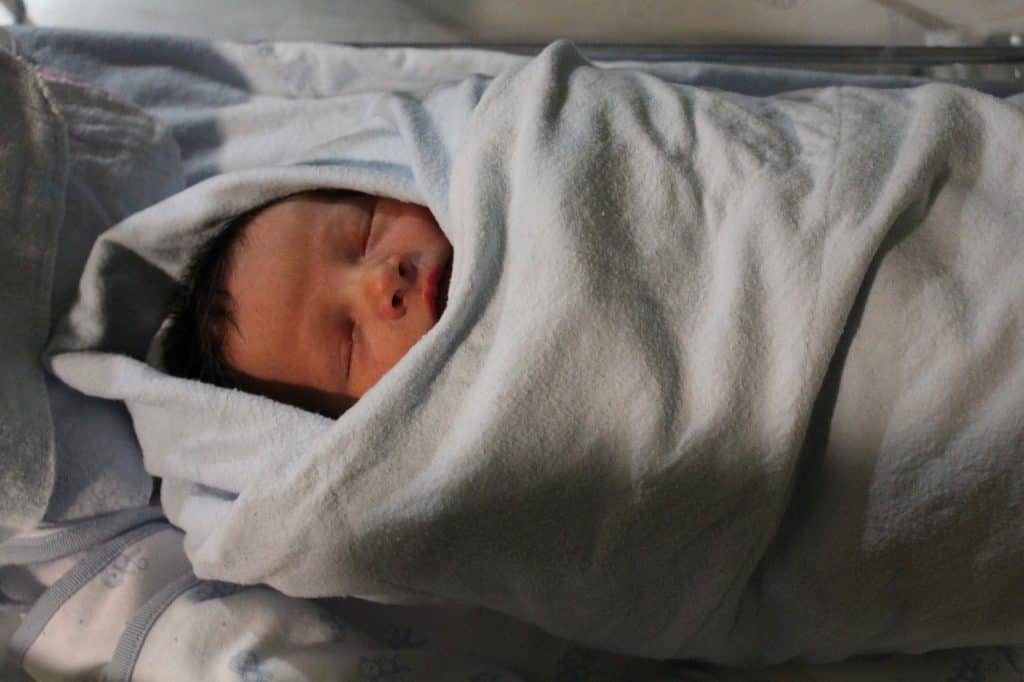
During the first few months after birth, it helps to swaddle the baby for them to have a comfortable and high-quality sleep. Swaddling refers to wrapping infants in a thin cloth or blanket to prevent them from flailing their limbs, which can wake them up.
It’s worth noting that swaddling isn’t entirely risk-free. Therefore, parents must follow some guidelines if they swaddle their infants. Firstly, they need to place the child on their back when they put them to sleep to reduce the risk of SIDS.
Secondly, parents must know when to stop swaddling. Experts recommend discontinuing it when the baby shows signs of trying to roll over. Sleep sacks are better alternatives for wrapping when the infant reaches this stage.
Encourage Good Sleep Habits
One effective way to help babies feel more comfortable in their bassinets and become good sleepers is by encouraging them to practice good sleep habits. A consistent routine is essential when it comes to calming infants before bedtime.
Avoid overstimulating your child in the evenings because it’ll make it harder for them to sleep. Bathing, cuddling, singing lullabies, reading, and playing white noise or calming music before bedtime are some habits you can incorporate into your routine.
Final Thoughts
A bassinet can be a beneficial tool for parents and children alike. Therefore, choosing one with excellent quality and features that provide the baby with ultimate comfort is essential. Multiple variations are available in the market, so purchase one that suits your baby’s specific needs.
Aside from comfort, safety is one of the most crucial factors you must consider. Make sure to purchase a bassinet that follows the recommended guidelines and is certified by CPSC.
It’s worth mentioning that not all babies adapt well to a bassinet. Some infants prefer to be carried or rocked. If this scenario applies to you, conjuring a new sleeping arrangement for your baby instead of forcing them to use a bassinet is better.